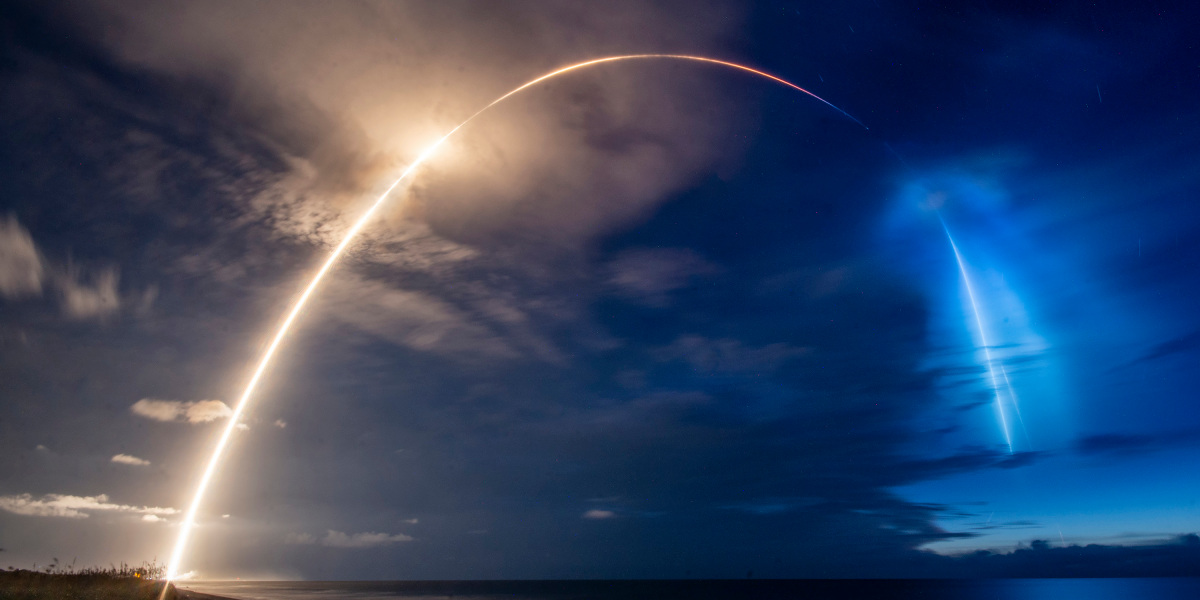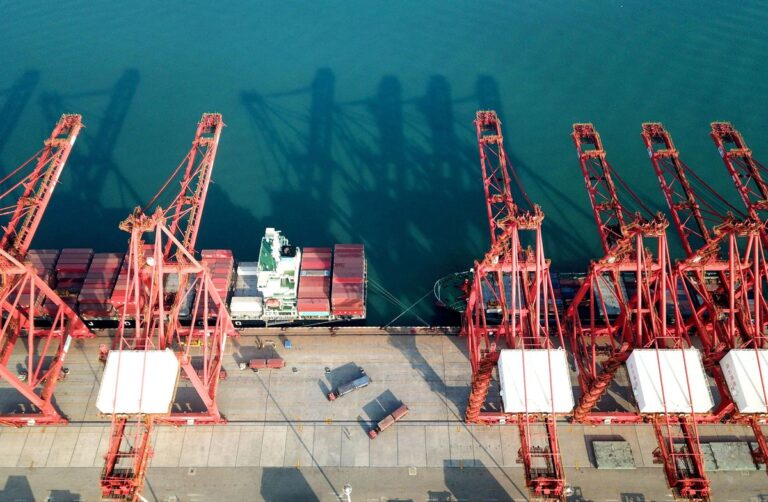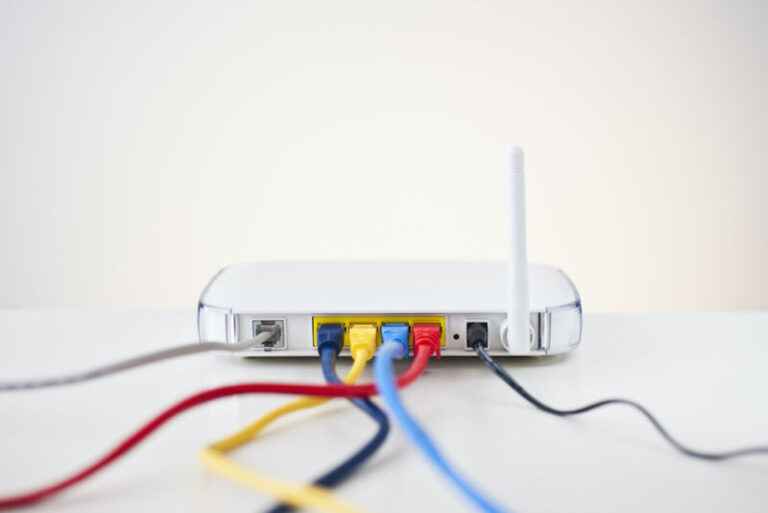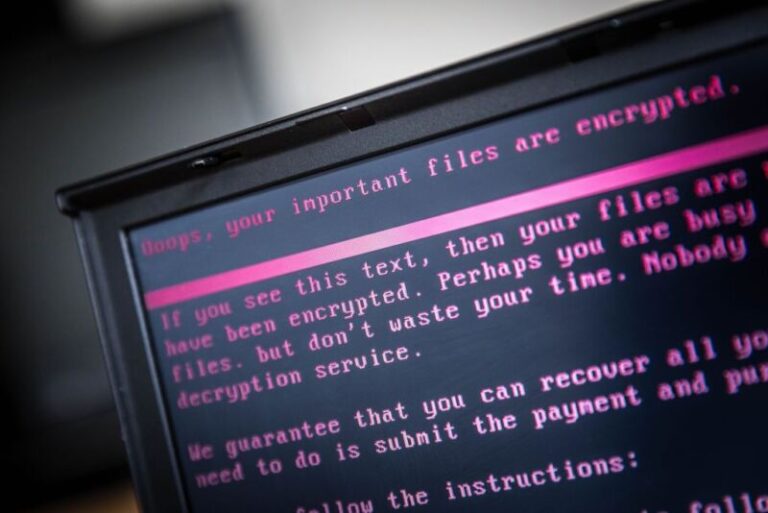
But it’s not totally clear whether rural America is a viable customer base for Starlink. The biggest issue is cost. A Starlink subscription is $99. Speeds can vary greatly, but the average user should expect 50 to 150 megabits per second. You’d have to pay traditional satellite internet companies like Viasat (which operates geostationary satellites) double that amount to get the same speeds. Not bad.
It’s the upfront expense that will hit you hardest with Starlink, however. Costs for things like the satellite dish and router come out to a whopping $499—and that equipment is sold to customers at a loss. SpaceX founder Elon Musk has previously said he hopes these costs can come down closer to $250, but it’s unclear when or if that might happen. For much of the rural world, in America and elsewhere, the price is simply too high.
So who will the first Starlink users be? The physical and financial demands of building satellites and launching them into orbit (though cheaper than ever, still a very expensive enterprise) mean Starlink will be operating at a loss for some time, says Derek Turner, a tech policy analyst at Free Press, a nonprofit that advocates for open communication. And getting costs down will mean looking at customers beyond just unconnected individuals in the countryside.
Instead, the early customers are more likely to include the US military, which when operating in remote areas often relies on geostationary satellites plagued by congested service and high latency. Both the Air Force and the Armyare interested in testing Starlink. Some intelligence experts have pointed to the troubled pullout from Afghanistan as an example of where the service could have helped.
Airlines that want to offer passengers faster and more stable in-flight Wi-Fi are also looking into Starlink. Other commercial businesses in rural areas might also find value in it. And of course, there are techies and curious customers in the suburbs and cities with the money to try it out.
In Turner’s view, adding those customers could help bring prices down for everyone, but it also means less bandwidth to go around. Starlink can offset this problem by launching more satellites—which it eventually plans to do, but that’s assuming it has enough subscribers.
Musk has said it will take tens of billions of dollars in capital before Starlink has enough capacity to generate a positive cash flow. It’s launched 1,600 satellites so far with no problem, but the eventual goal of 42,000 is an entirely different matter. “It doesn’t scale as favorably as wired broadband does,” Turner says. It’s not at all clear yet how many satellites Starlink will need in order to deliver reliable high-speed internet to hundreds of thousands or even millions of subscribers logging on at the same time.
And for many customers, especially commercial businesses, there are cheaper alternatives to Starlink that can still fulfill their needs. A farmer who’s using smart sensors to track things like local weather and soil conditions doesn’t need broadband internet to connect these devices. That’s where smaller companies like the US-based Swarm come in: it uses a fleet of over 120 small satellites to help connect IoT devices for such use cases. Swarm (recently acquired by SpaceX) offers a data plan starting at just $5 a month. And of course, if you’re in a well-populated area, spending $99 a month with another ISP will likely get you speeds closer to 1,000 mbps.
Backtracking
On the surface, the FCC’s RDOF award to Starlink would suggest that rural America is an essential part of how Starlink will grow. But Turner says this is a misconception, and that SpaceX should not have been allowed to put down RDOF bids in the first place, because it will be building out the Starlink network anyway. “I think the FCC would have been better to direct its resources toward bringing future-proof broadband to areas where it doesn’t make sense economically to deploy,” he says.
Acting FCC chair Jessica Rosenworcel spearheaded a review late last year of how RDOF subsidies were awarded under her predecessor, Ajit Pai, and found that billions were doled out to companies to have them bring broadband internet to places where it was unnecessary or inappropriate, like “parking lots and well-served urban areas.” A report by Free Press estimated that about $111 million of SpaceX’s own award would be going to urban areas or places with no real infrastructure or need for internet connections, like highway medians. The FCC is asking those companies, including Starlink, to essentially give back some of the money. (SpaceX did not respond to questions or requests for comment.)
Turner acknowledges that LEO satellites are “going to be a very important innovation in the telecommunication space.” But he still thinks services like Starlink will be a niche product in the US, even in the long term—and sees the general trend continuing toward fiber. Even an emerging technology like 5G relies on very dense networks of antennas that can connect back to fibers as quickly as possible. Cable broadband has improved consistently over time because companies are pushing fiber networks deeper and closer to customers.
Underdeveloped parts of the world might find Starlink to be a boon, since many of these places do not have physical networks like the cable system that the US laid out in the 1970s, ’80s, and ’90s. But beta testing so far is exclusive to the US, Canada, parts of Europe, Australia, New Zealand, and Chile. It’s too early to tell what kind of impact it could have in the developing world, especially if subscription and equipment costs stay high.
Woodward’s experience is the kind the company would like to replicate for all its customers. But Woodward knows he’s fortunate to be able to afford Starlink, and that it’s able to meet his needs. For now, at least. “It will be interesting to see how Starlink holds up when they get 200,000 users,” he says. “Prices will have to come down, but speeds and service will have to remain the same. That’s all to be determined.”






